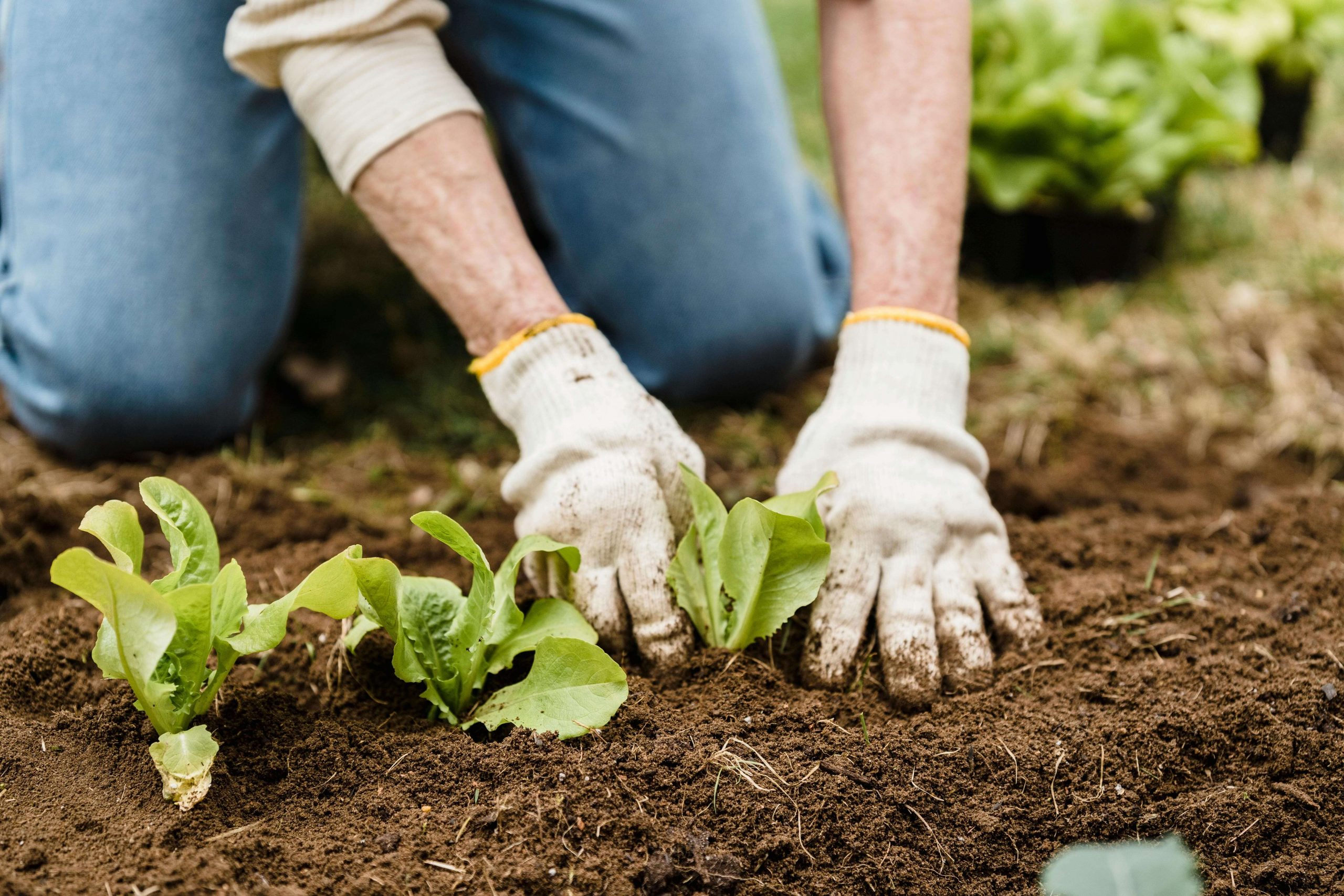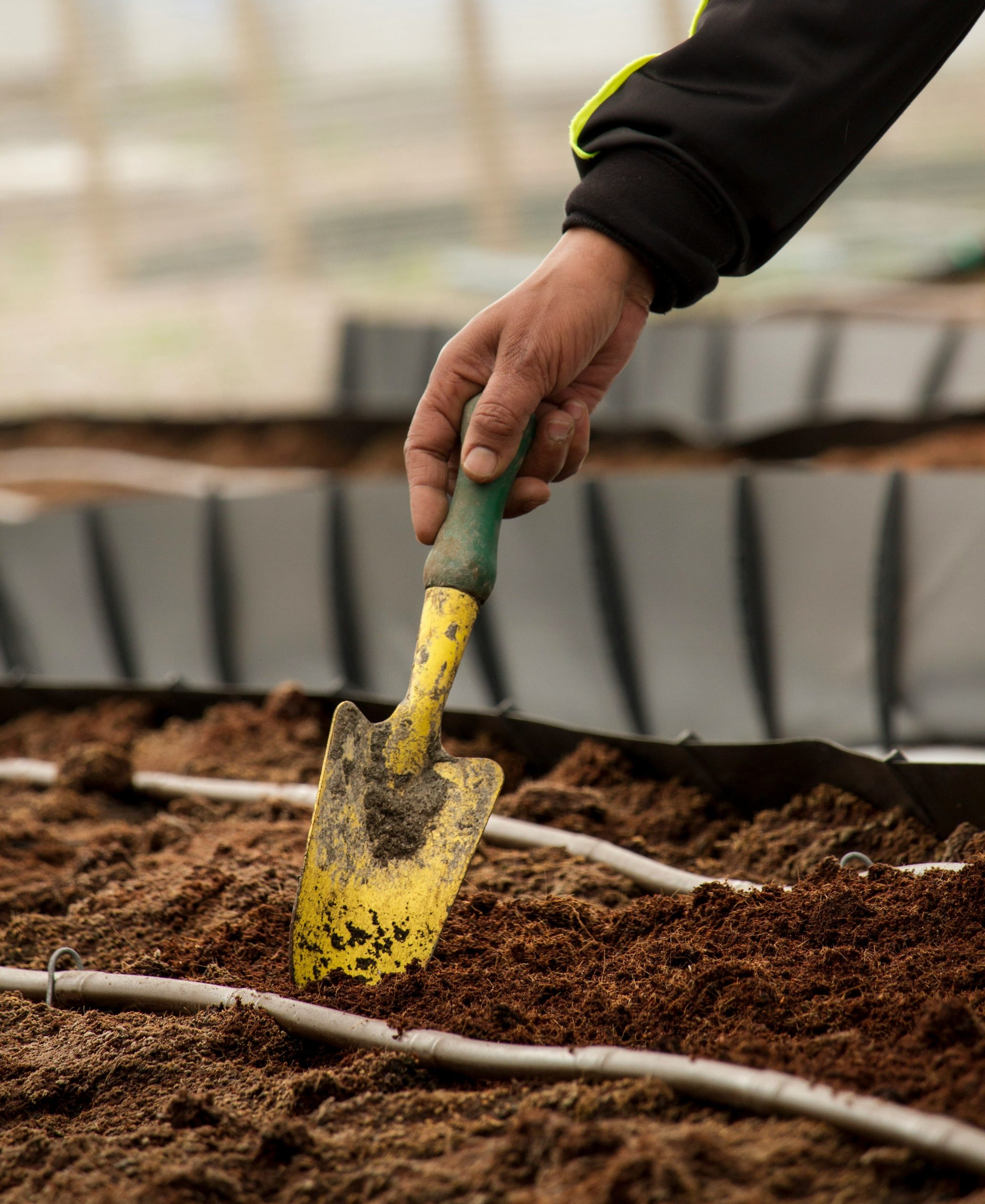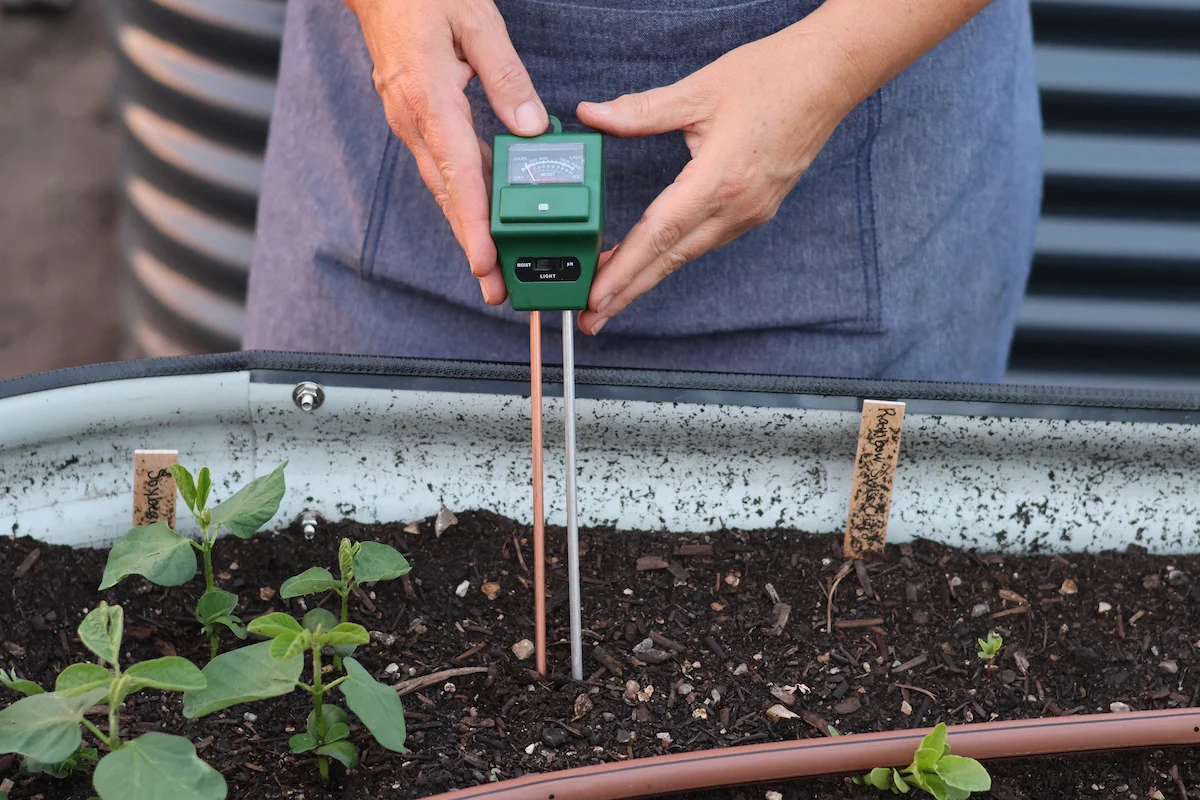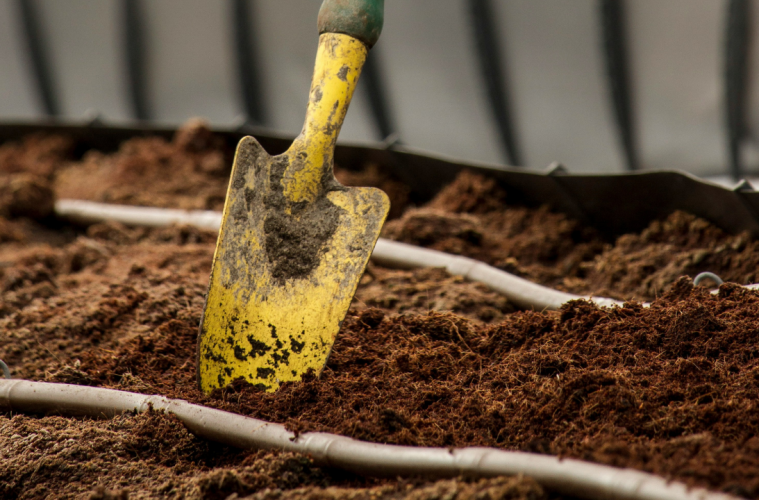Testing the pH level of your soil is an important step in home gardening. Different plants thrive in different pH ranges, and knowing your soil’s pH can help you create the best growing environment for your plants. Here’s a simple guide to help you test your soil’s pH at home.
Why test soil pH?
Soil pH measures how acidic or alkaline the soil is on a scale of 1 to 14, with 7 being neutral. Most plants prefer soil pH between 6 and 7.5, but some plants, like blueberries, need more acidic soil (4.5-5.5), while others, like lavender, thrive in more alkaline soil (around 8.0). Knowing your soil’s pH can help you adjust it to suit your plants’ needs.
When to test soil pH
The best time to test your soil’s pH is in the Autumn. This timing allows you to make necessary adjustments before the spring planting season. Autumn testing also gives you a chance to observe the types of weeds growing in your garden, which can indicate whether your soil is more acidic or alkaline.

Unsplash
What you need
- Hand trowel
- Clean glass containers
- Distilled water
- Coffee filter
- pH testing kit or vinegar and baking soda
DIY Testing with Kitchen Supplies
Collect a soil sample: Use a hand trowel to dig 4-6 inches below the soil surface. Collect samples from several spots in your garden to get an average pH reading.
Prepare the soil: Remove any stones, sticks, and debris from the soil. Break up large clumps.
Add water: Put about one cup of soil into a clean glass container and add enough distilled water to turn it into a muddy mixture.
Test with vinegar: Add 1/2 cup of vinegar to the soil mixture. If it fizzes or bubbles, your soil is alkaline.
Test with baking soda: If there was no reaction with vinegar, take another sample, make it muddy with distilled water, and add 1/2 cup of baking soda. If it fizzes or bubbles, your soil is acidic.

Pexels
Testing with a pH kit
For a more accurate measurement, use a pH testing kit from a garden center.
Collect a soil sample: Dig 4-6 inches below the soil surface and collect a few teaspoons of soil. Remove debris.
Prepare the sample: Place the soil in a clean glass container and add distilled water to the same level as the soil.
Mix and settle: Stir the mixture well and let it sit for 30 minutes.
Filter the sample: Pour the mixture through a coffee filter into another clean glass to separate the liquid.
Test with a pH strip: Dip a pH test strip into the liquid. Wait for the strip to change color and compare it to the chart provided with your kit to determine the pH.
Using a soil pH meter
A soil pH meter is an easy and quick way to test soil pH. Simply insert the metal probe into the soil and read the pH level. Follow the manufacturer’s instructions for best results.
Adjusting soil pH
- To increase pH (make soil more alkaline): Add garden lime or bone meal.
- To decrease pH (make soil more acidic): Add sulfur or peat moss.
Soil naturally reverts to its original state, so periodic testing and adjustments may be needed to maintain the desired pH level.

Unsplash
Tips for accurate testing
- If both vinegar and baking soda tests show little reaction, your soil is likely neutral.
- For large gardens, test multiple samples separately.
- If plants are struggling, consider professional soil testing for a detailed analysis and specific recommendations.
ALSO SEE: SOIL 101: Everything you need to know about garden soil
Feature image: Pexels

